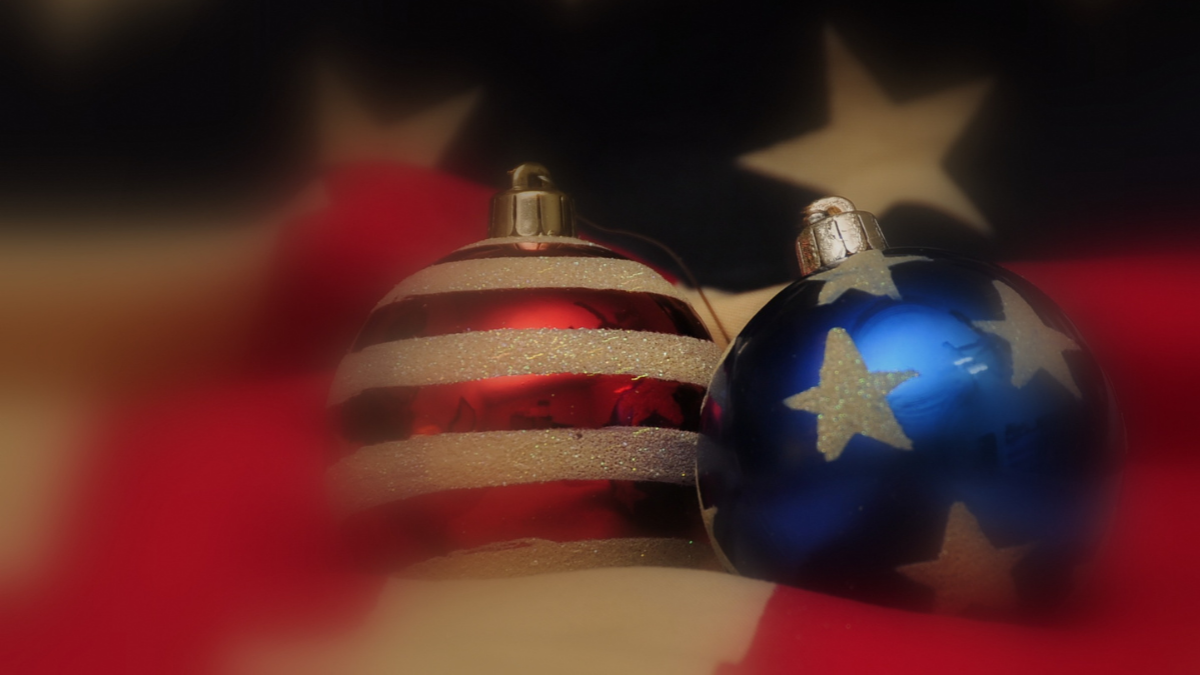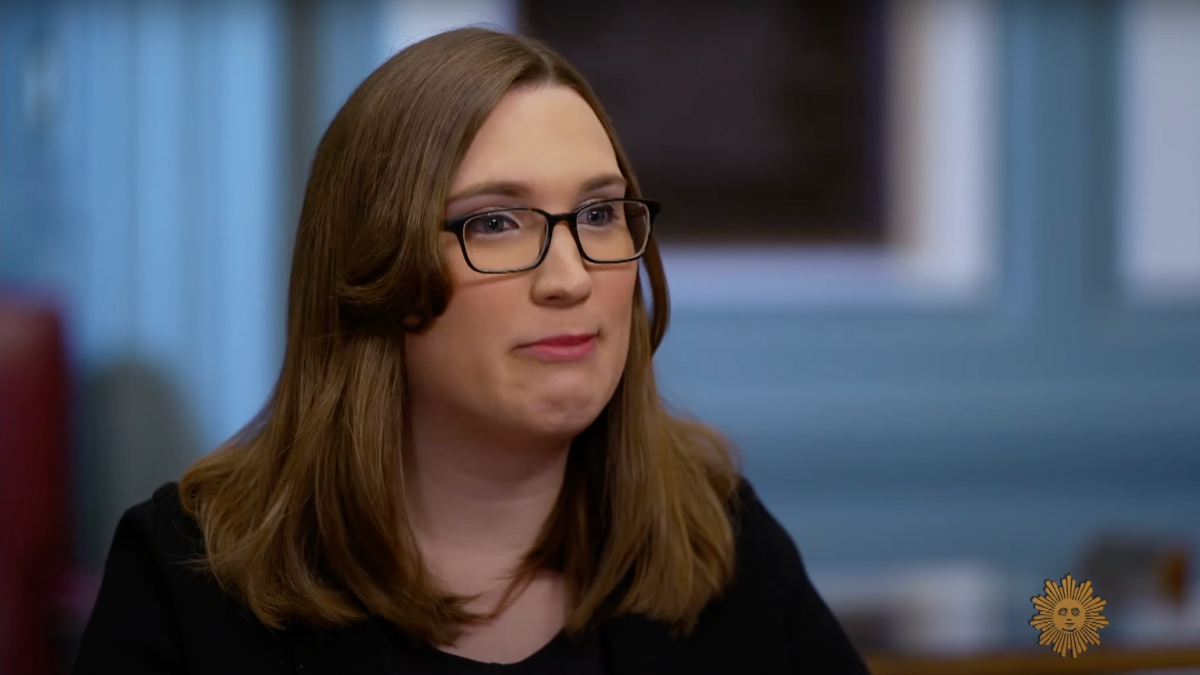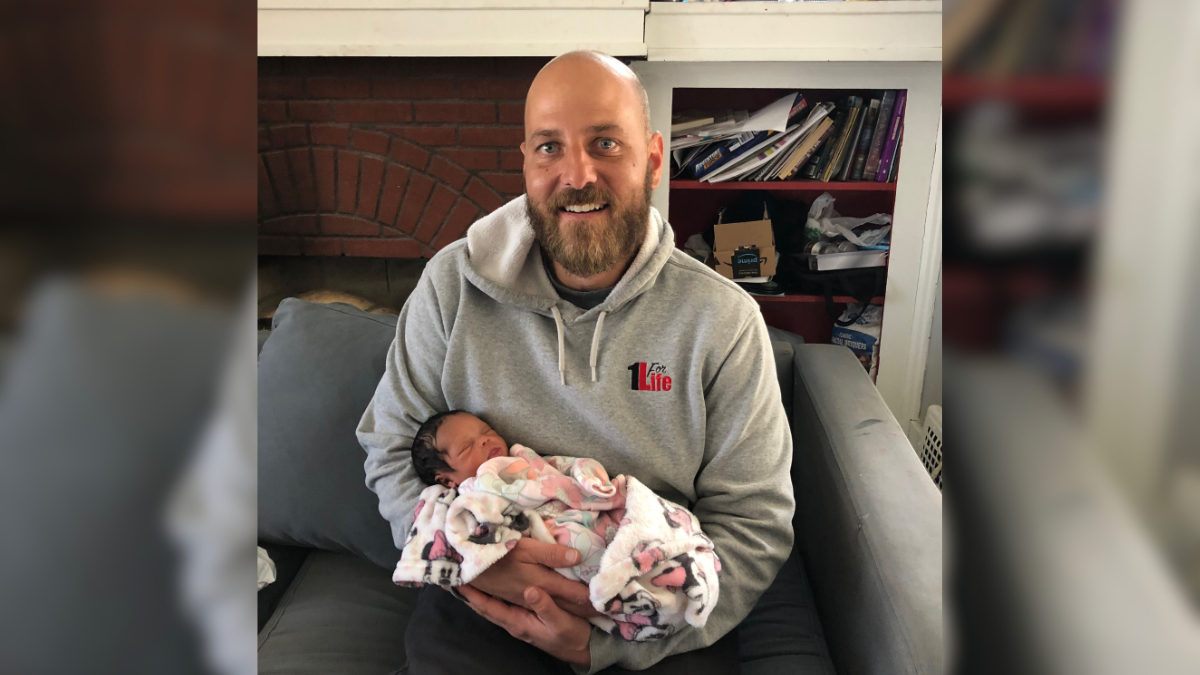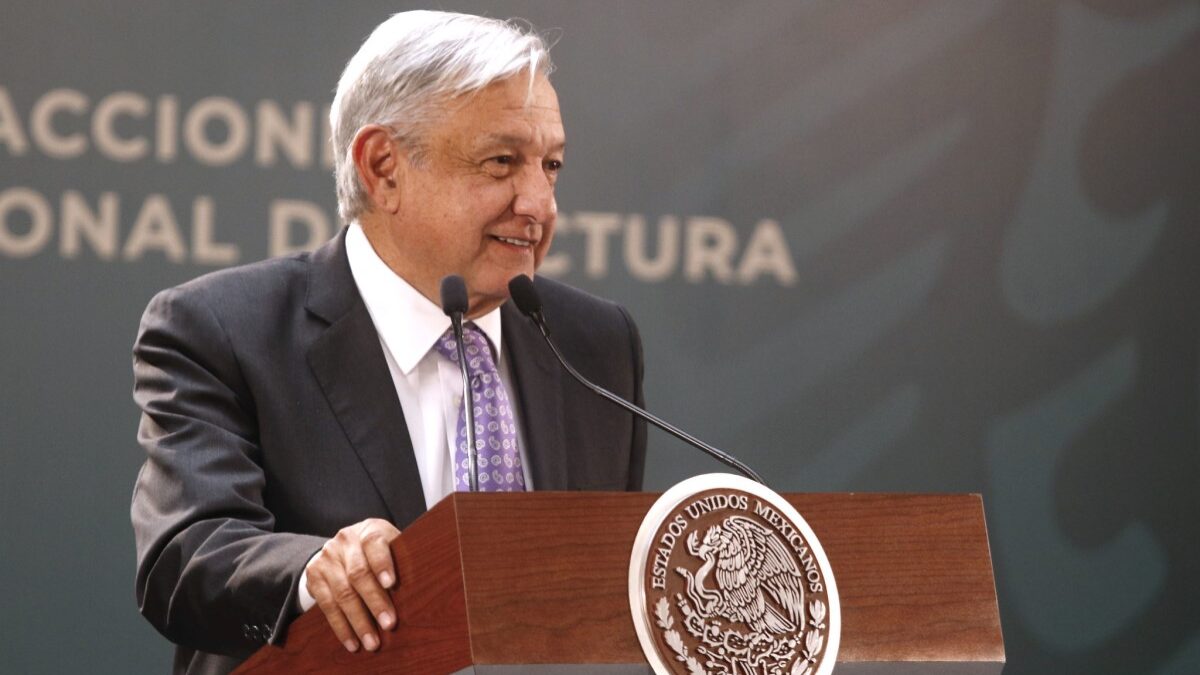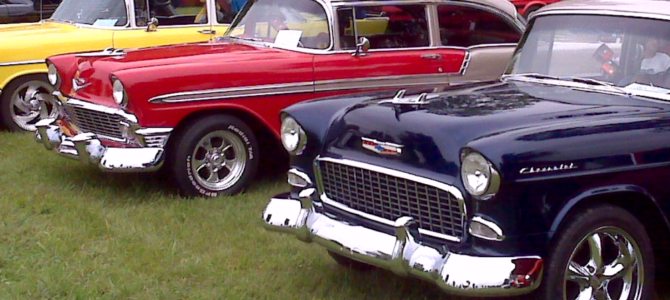
I recently met a gentleman, a classic car enthusiast, who has organized two car shows per year for well over a decade. This occurred, as one would expect, because I needed to have a doorknob re-plated. Just check out this beauty!

This glorious example of American, mid-century, postwar exuberance has graced my home’s front door since 1956. It is an example of the manufacturing workmanship of the time — solidly cast and polished, overbuilt to last.
It is dead-center in the door, and, because of its position and reduced leverage, is considerably less effective than if it were installed conventionally. So what? That was the spirit of the time: bold, flashy, utility-be-damned — not unlike the vehicles at Jim’s annual car shows.
Bureaucratic Nonsense Never Sleeps
To get my knob re-polished, I Googled “plating services” and called the closest company I could find. That’s when I met Jim, who told me he’s “not really in the plating business anymore, but I’ll have a look at it anyway.” This, for me, was somehow a strong recommendation, so I went to see him, knob in hand.
It turns out that “plating Jim” is the same person as “classic-car Jim,” and he told me about his involvement with the car show in an effort to explain why he had a living room full of un-awarded trophies. Every Memorial Day and Labor Day, Jim and two other volunteers bring hundreds of classic cars and trucks, hot rods, crazy hybrids, and vendors to a mall parking lot along Denver’s central Colfax Avenue.
He was lamenting about the post-COVID-19 hoops and hurdles the city was putting him through to get a permit for the then-upcoming Labor Day event. First, he would be required to string more than half a mile of caution tape to delineate the perimeter of the event, the walking lanes within, and the entries and exits.
Then, he would need to arrange the vehicles in concise rows and ensure that walking traffic would proceed in only one direction throughout the event, while maintaining occupancy of no more than 150 people within the perimeter at any given time, and simultaneously enforcing social distancing and mask use. He and two other volunteers were somehow supposed to accomplish this themselves.
Food trucks, which by definition serve only takeout food, as Jim fruitlessly reminded the bureaucrat, would be required to supply tables and chairs in designated (with caution tape, no doubt) dining areas to prevent any unmasked snackers from mingling with the crowd while spewing virus-laced sno-cone and funnel cake spittle.
Jim would not be allowed to provide entertainment or raffle prizes for charity nor hold an awards ceremony because that would result in people assembling without proper social distancing, which would undoubtedly precipitate a vicious, Sturgis-level COVID-19 outbreak among the rednecks and Republicans in the crowd, while sparing Democrats, assuming there were any in attendance.
The Show Must Go On
So Jim gave up trying to get a permit two days before the event. And what happened?
The owners of more than 100 of those classic cars and trucks, hot rods, and crazy hybrids arrived at the site anyway, joined by several food trucks and other vendors, who spontaneously arranged themselves into semi-concise rows without the crucial assistance of either caution-tape cues or bureaucratic oversight, and held the show anyway.
There was a higher-than-usual proportion of white hair and oxygen bottles in the crowd, and maybe one in 100 attendees wore masks. Spectators wandered about in random directions, closely passing one another, mingling in non-distancing groups, shaking hands, and breathing without official sanction. One kid had a runny nose.
Two policemen, wearing masks, strolled the show chatting with car owners and visitors who were neither wearing masks nor distancing. They seemed disinclined to arrest anyone. Jim gave them each a trophy.
The thing about classic vehicles is this: You can tell them apart from one another. Unlike the Ford Lozenge, the Chevy Bolus, and the Nissan Mung Bean, classic cars have recognizable features, such as sweeping tail fins (vertical on the ’60 Cadillac, horizontal on the ’60 Chevy Impala), front-bumper hooters (’50 Buick Special Jetback Coupe), retractable hardtops (’59 Ford Galaxie Skyliner), and gas caps hidden behind taillights (’58 Olds, ’56 Lincoln Continental). These cars were built in the spirit of my doorknob: massive, inefficient, and unapologetically outlandish.
We geezers engaged in animated discussions of auto trivia, such as which year, make, and model first introduced “suicide doors,” when split windshields were discontinued, and where you could still get whitewall tires. Occasionally, show cars would arrive or depart in a beautiful, deafening, and defiant roar of naked horsepower and smoke, burning rubber down Colfax Avenue to the delight of onlookers. The police, again, were nonplussed.
The show was noisy, random, unsupervised by busybodies, and provided the perfect opportunity to recklessly burn fossil fuel and disturb the peace while sporting MAGA paraphernalia. In other words, it was an opportunity to flip a giant community middle finger to liberal scolds and meddling bureaucrats everywhere.



